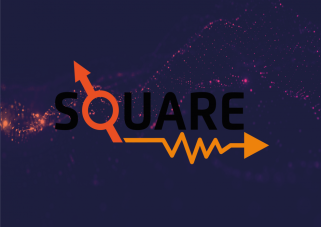
Quantum Annealing
Some quantum computers are programmed in a way that is very different from running a classical programming language, one command after the other. These are called adiabatic quantum computers or quantum annealers. In these, you write down a sort of logical rules and you find a physical system that tries to match all of these rules simultaneously – and it relates the physical energy to the number of rules you violate.
So where is the quantum physics? Well, if you use a classical computer to try to find an optimal solution, with the minimum number of rule violations, it often gets stuck: There may be solutions that appear to be optimal when you just change them a little, but that are not optimal. This is like getting stuck in a valley or a crater: You can only go up in all directions, so you may not realize that there is a lower point very far away.
Quantum annealers use a quantum phenomenon called the tunnel effect to go through the walls of that crater rather than over them. They do this by a so-called adiabatic technique: You start with a solution to an easy problem without craters and then slowly move to the complicated problem, but you always stay in the lowest point, protected by quantum mechanics and the fact that you cannot just have any energy – you would need to do a quantum jump for that.
Quantum annealers can be quite big, but scientists still try to identify how powerful they really are.



